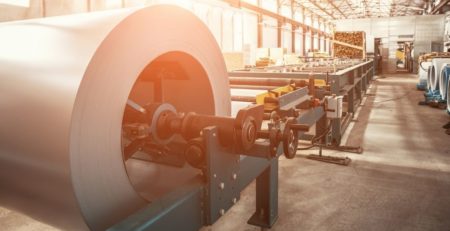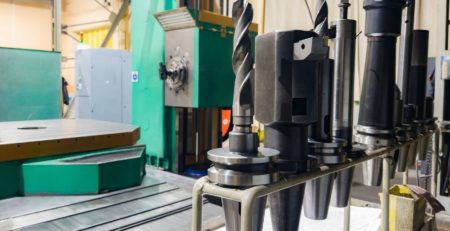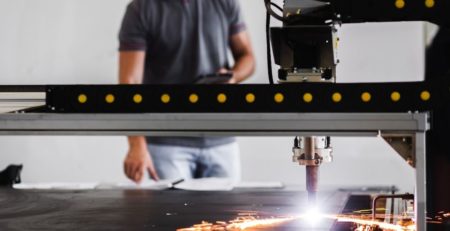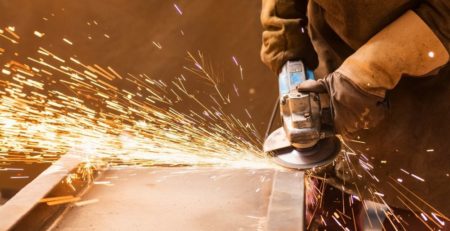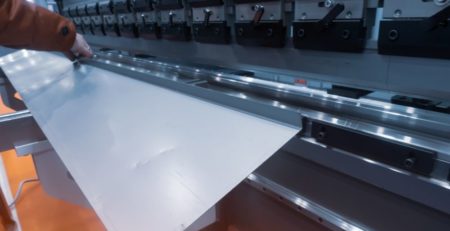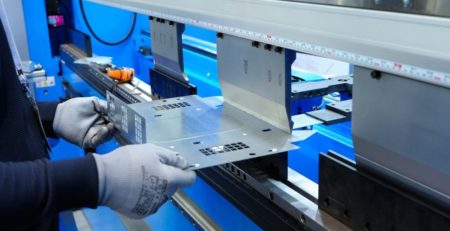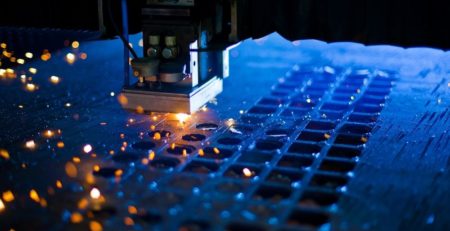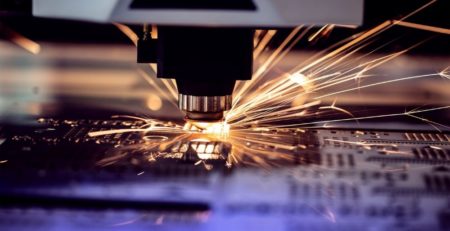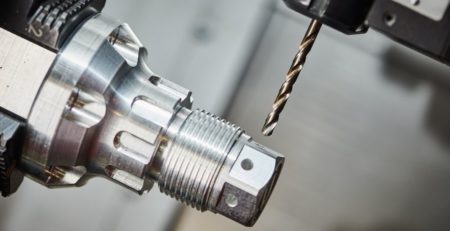What Is the Bend Radius for Sheet Metal?
Metal fabrication requires precise measurements and specifications. One question that must be answered before starting any work involving creating angled or curved products is, “What is the bend radius for sheet metal?”
Bend Radius Defined
The bend radius is the radius of the arc created after bending the sheet metal. It can be measured from either the inside or the outside of the bend. If the radius is too small, the metal could crack, break, or deform, ruining the product. The smaller the bend radius, the more severe the curve of the bend. Metals with small bend radii are more flexible.
How To Calculate Bend Radius
When measuring the bend radius from the inside of the bend, start by identifying the point where the metal begins to curve. From this point, draw a line to the center of the arc that forms when the metal is bent. The length of this line represents the inside bend radius.
To calculate the outside bend radius, you will need to extend your measurement to include the thickness of the metal. Start from the same point where the metal begins to curve, but this time extend the line to the outside edge of the bend. The length of this line will give you the outside bend radius.
Drawing the rest of the arc can be done using a compass or any other tool that allows for an accurate circular trace. Place the point of the compass at the center of the bend (the end point of your radius line), and draw the arc until it reaches the other side of the bend. This completes the arc and gives you a visual representation of the bend radius.
Remember, the type of metal, its thickness, the direction of the metal grain, the bend height, and the punch and die used during the bending process all influence the bend radius that the workpiece can endure.
Different Types of Metal
Different metals have varying levels of ductility, which is the ability to deform under tension without breaking. For instance, aluminum tends to be more ductile than steel, meaning it can tolerate smaller bend radii without cracking or distorting.
Thicker metals require a larger bend radius to prevent cracks and fractures during the bending process. The rule of thumb is that the minimum bend radius should be equal to the thickness of the metal, although this can vary depending on the malleability of the specific metal.
The type of machine, including the punch and die used during the bending process also impacts the bend radius. Punches and dies come in various shapes and sizes, with each one influencing the final bend radius differently. For instance, a punch with a larger nose radius will result in a larger bend radius.
Understanding what the bend radius in sheet metal is before working on it is a crucial consideration that influences the final product’s quality and integrity. The type of metal fabrication machinery you use, including whether it is CNC controlled, and the type of tool and die it uses, will impact the quality of your product output.
Contact Mac-Tech to discuss your metal fabrication equipment needs. We carry new and pre-owned press brakes and Stefa long metal folding machines that can provide the precise quality bends you need to make a variety of curved and angled sheet metal products.



